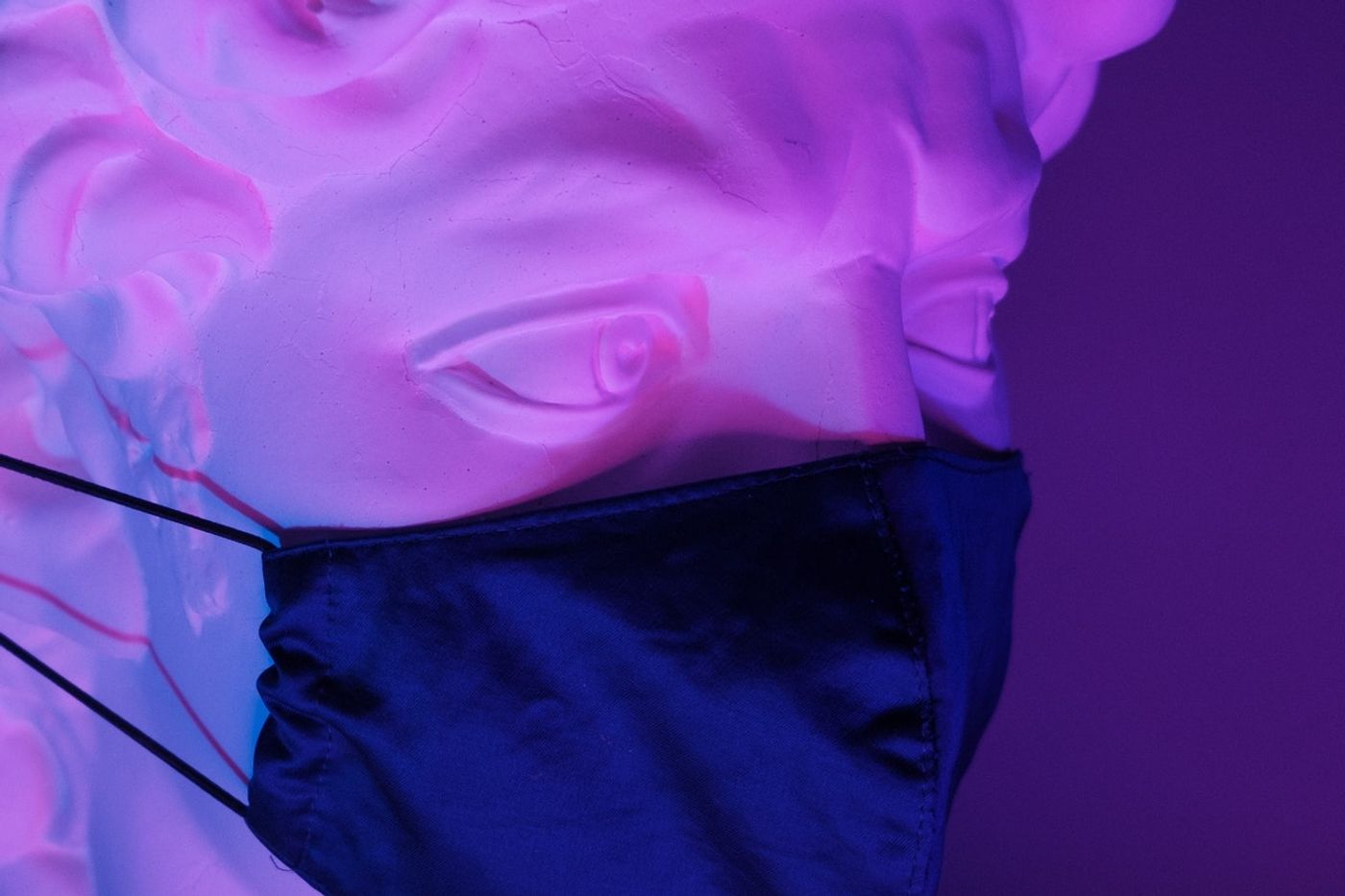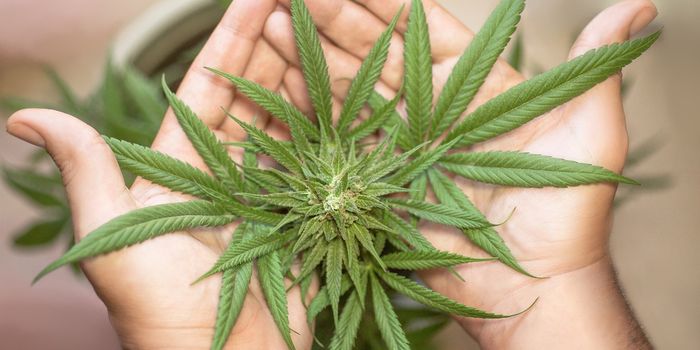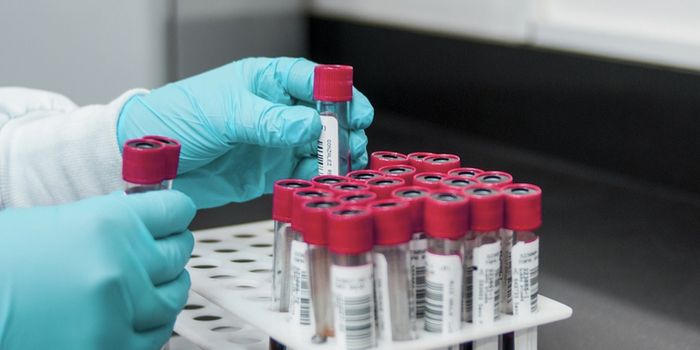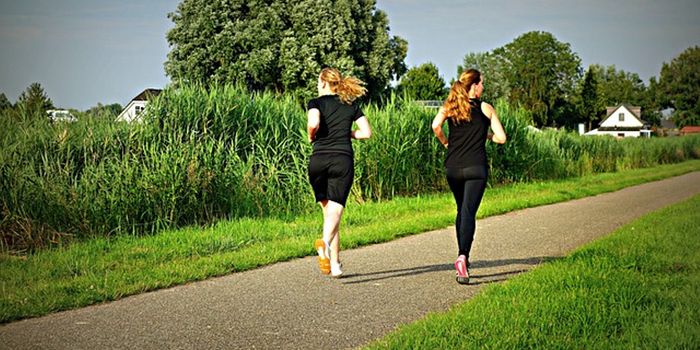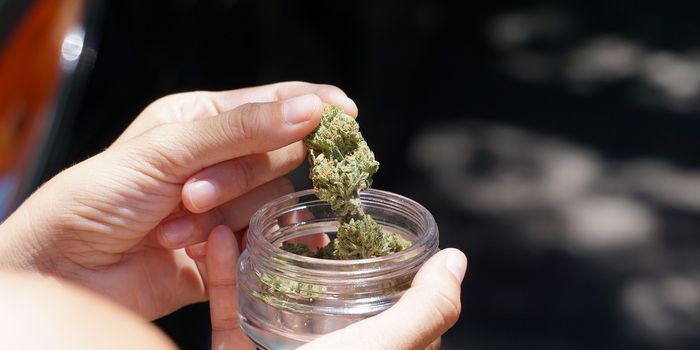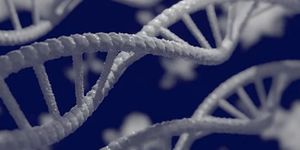Air Surveillance Technology Sniffs Out Coronaviruses in the Room
Imagine walking into a party where people were socializing (unmasked) in a confined space. With the ongoing pandemic not showing signs of backing down, this may ring alarm bells for some, particularly the unvaccinated or those with underlying health issues.
What if a device could sample the air in the room and alert if SARS-CoV-2 was detected?
Research by engineers from Nanyang Technological University in Singapore could mean that such monitoring technology could soon become a reality.
In a study featured in the journal Indoor Air, the team describes how airborne surveillance systems could be implemented in high human traffic areas such as hospitals, office buildings, airports, and other public meeting places. Such platforms would also complement mass screening methods to help nip potential coronavirus outbreaks in the bud.
Picking up trace amounts of viral pathogens in the air is particularly challenging. This is because of the large air change rate—or how quickly air inside is replaced with outdoor air—in most buildings. For example, air change rates in isolation wards of hospitals range from 8 to 14 times per hour.
To overcome this challenge, the team combined a novel sampling system with ultra-low biomass analysis techniques. Together, these extract all RNA present in air samples.
The isolated RNA is then analyzed using real-time quantitative reverse transcription PCR (RT-qPCR) to identify the presence of a target virus. This assay only requires low levels of detection viral RNA to confirm a positive result, so it is ideal for rapid screening.
The researchers validated their platform in a hospital setting, testing air samples alongside surface swab samples from common areas. They found that the devices that operated at a sampling flow rate of 150 liters per minute enhanced the chances of detecting SARS-CoV-2 compared to the lower flow rates. The air surveillance technique had a high success rate of 72 percent, whereas the surface swabs had a detection rate of only 9.6 percent.
These and other similar technologies can help ensure that people can begin to gather safely while minimizing the risk of COVID-19 infection.
